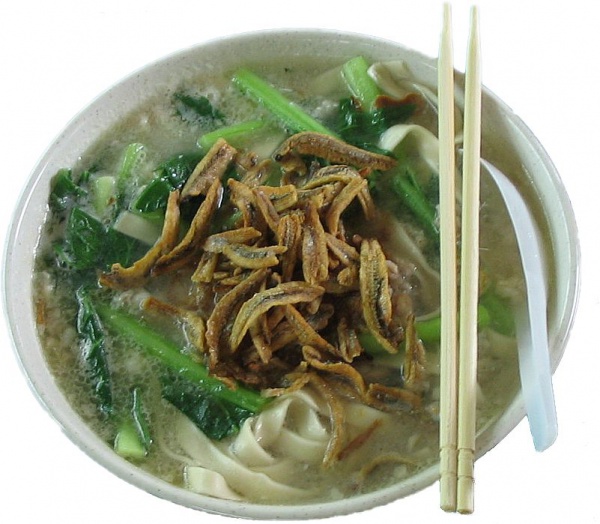Facts About Banmian
Banmian, also known as pan mee, is a cherished Chinese noodle dish celebrated for its handmade noodles served in a savory broth. There are various styles of banmian, such as youmian and mee hoon kueh. The name "banmian" originates from a Hakka method of cutting noodles into straight strands using a wooden block. In Hokkien, it's referred to as "Mee-Hoon-Kueh." This dish beautifully combines traditional Hakka and Hokkien culinary techniques. The noodles can be either hand-kneaded or machine-made, typically shaped into flat strips.
Banmian is a favorite in countries like China, Malaysia, Singapore, and Taiwan. It traditionally features egg noodles in soup, complemented by meat, fish, vegetables, and spices. Common ingredients include dried anchovies, minced pork, mushrooms, and leafy greens. Known for being a healthier meal option, banmian is widely available at restaurants, street vendors, and food stalls. The soup base varies, with fish stock being a popular choice.
In modern adaptations, some versions of banmian use pasta makers to prepare the noodles. One variation, dry chili pan mee, includes minced pork, fried onions, and a poached egg mixed with the noodles. Mushrooms and anchovies are often added to enhance the dish's flavor. Other common additions include vegetables, vinegar, and proteins like pork or fish. Typically, the meal is topped with a cracked egg that cooks in the hot broth.

 Malaysia
Malaysia